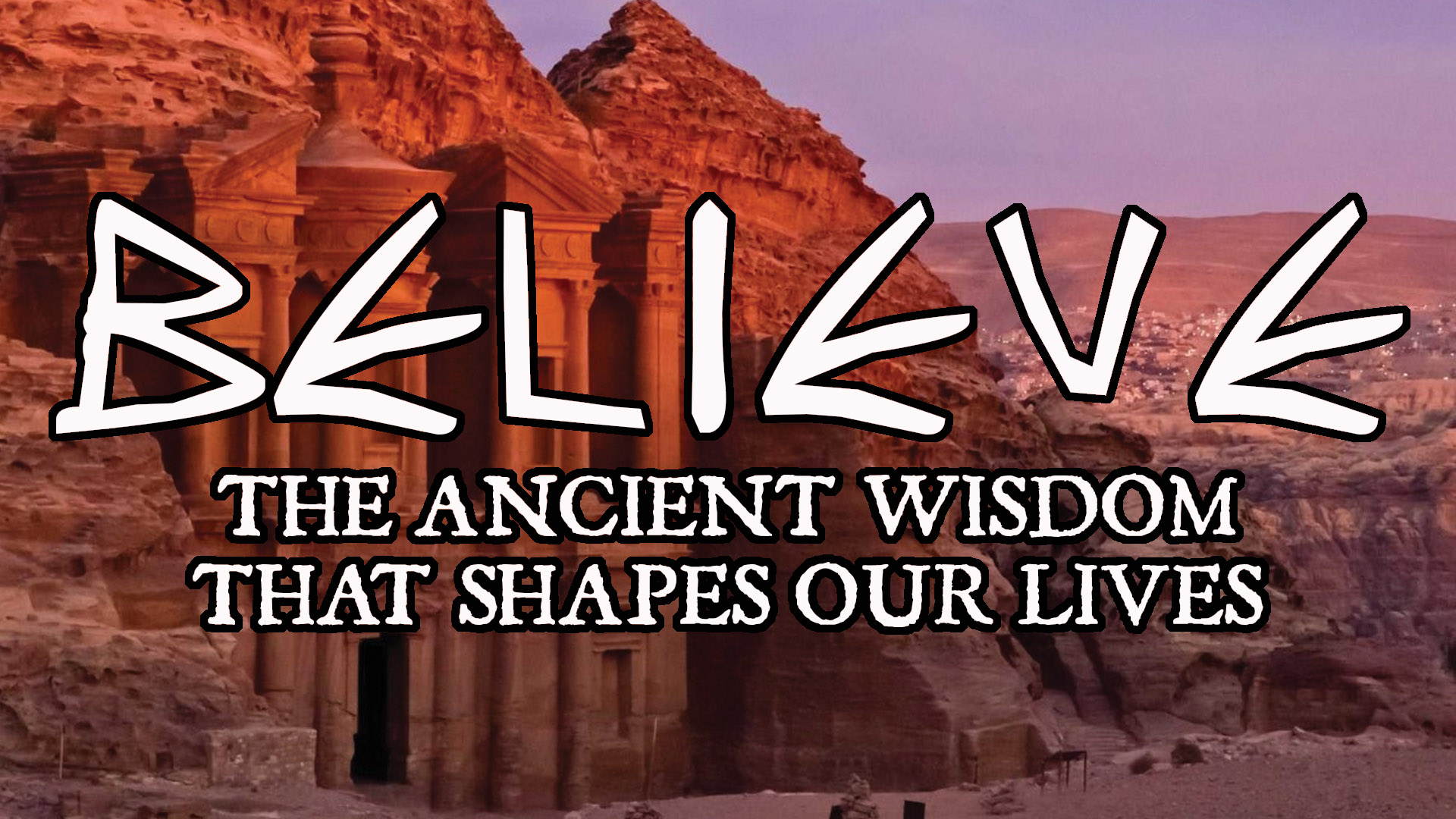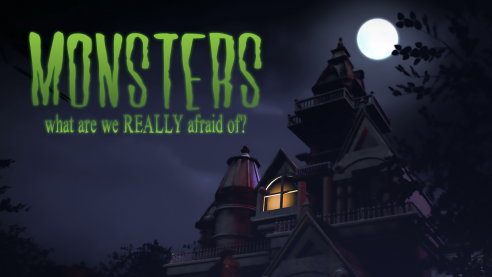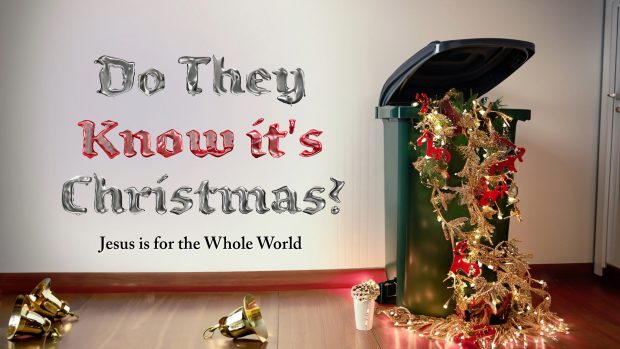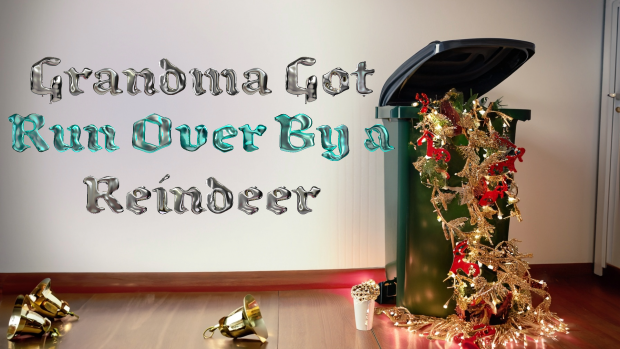
JR. Forasteros - October 11, 2015
Werewolves

From Series: "Monsters"
Why do we love stories about monsters? Vampires, werewolves, zombies and ghosts fascinate us - which is strange. Monster stories aren't really about monsters - they're about us. Monster stories externalize our deepest fears about ourselves. If we're willing to face our monsters head-on, we can find freedom and hope. Let the monsters die that the humans can live!
More Messages From JR. Forasteros...
Powered by Series Engine
When I was in fifth grade, I got to do a book report with my crush, Becky (it was a big deal). We chose to do a book I had found on Ancient Egypt – specifically mummification. I had long been fascinated with mummies, and we went all-out for our book report. We gathered foods that vaguely resembled the various organs the Egyptians removed during the mummification process and actually acted out the process for the class. (We got an A+++ if you must know.)
Mummification is a process by which a human body is dried out and preserved, along with vital organs. Egyptians were mummified because of their views of the afterlife – they believed they would get to live forever with everything buried with them. It’s why the Pharaohs built elaborate tombs and were buried with fabulous wealth, their families, servants, and even horses and cats.
Of course, we know today that didn’t happen.
Instead, the Pharaohs’ tombs were robbed century after century to the point that archaeologists today have found only a small fraction of the fabulous wealth they were buried with.
The Egyptians’ beliefs about the end of the world shaped how they lived. Because they believed they could take their possessions with them, they developed a culture where the very powerful took advantage of those below them, all to get more wealth, more status, more power – and then it was all locked in a tomb with them. Their picture of the afterlife created injustice.
We’re going to talk about afterlife – specifically, what the Bible says about the end of all things and what’s in store for US and how that shapes how we live today.
Take a poll of Jesus people and you’ll not be surprised that there’s a pretty common picture of afterlife that emerges: Once we die, if we’re good, we go to Heaven. We live in Heaven (which is up there somewhere), and at some point, God is going to come and get everyone else who’s still down here and take us all away to live up in Heaven forever.
This picture of the End isn’t at all what the Bible says will happen. Quite the opposite, in fact. Let’s talk about resurrection – not only Jesus’, but our own resurrection at the end of time. Let’s talk about our bodies and the earth and the God who will not give up even an inch of ground to sin and death.




